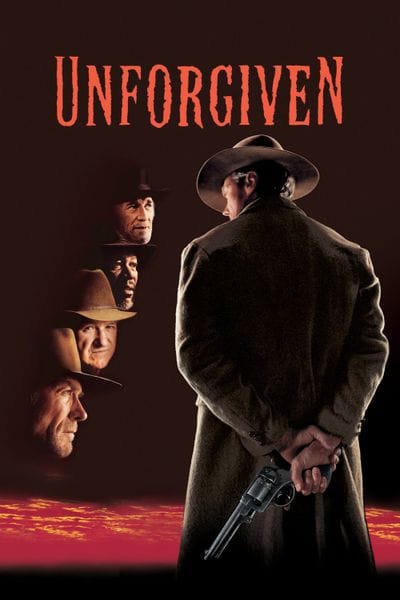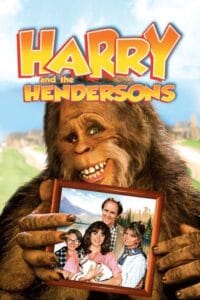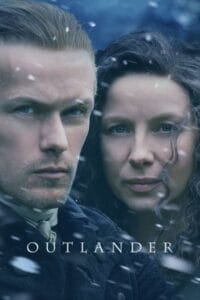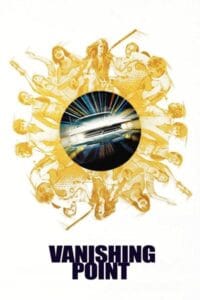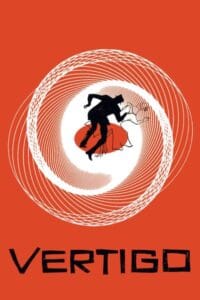Have you ever been captivated by the sprawling landscapes and rustic backdrops of classic Western films? If so, then you may be familiar with “Unforgiven,” a movie that not only revitalizes the genre but also leverages its stunning locations to enhance the storytelling in profound ways. Directed by Clint Eastwood and released in 1992, “Unforgiven” offers a gritty and nuanced take on the Western mythos, showcasing the harsh realities of life in the Old West.But where, oh where, was this cinematic masterpiece brought to life?
In this article, we will explore the various filming locations that brought “Unforgiven” to life, including the picturesque landscapes of Alberta, Canada, and the charming small towns that served as backdrops for key scenes. We’ll delve into the different types of settings used, from sweeping plains to rugged mountains, and discuss how these locations contributed to the film’s acclaim and emotional depth. By examining the rich interplay between the environment and the narrative, we can better appreciate how “Unforgiven” redefined the Western genre for a modern audience.
City Locations
The primary filming locations for “Unforgiven” are found in Alberta, Canada. Renowned for its breathtaking natural scenery and expansive wilderness, Alberta provided the perfect backdrop for a Western, allowing the film to capture the essence of the American frontier while maintaining a distinct visual appeal.
One of the most striking locations was the city of Calgary, which served as a significant cityscape for various scenes. The city’s charm, combined with Alberta’s natural beauty, shaped the film’s mood and narrative. Calgary’s proximity to other picturesque settings made it an ideal hub for the production crew.
Location Types
NatureScapes
NatureScapes played a crucial role in establishing the film’s tone. The wide-open spaces, towering mountains, and flowing rivers contributed to the cinematic feel that “Unforgiven” is known for. Scenes shot in these breathtaking landscapes create a sense of vastness and isolation that is pivotal in portraying the harsh realities of life as a gunslinger.
The tranquil yet rugged terrain of Alberta allows the audience to feel the tension and struggle faced by the characters. For instance, in the opening scenes, serene views juxtaposed with the impending violence create an atmosphere ripe with anticipation.
Ranch
Another significant element of filming locations is the ranches in Alberta. These ranches not only provided rustic set designs that are true to the Western aesthetic, but they also enabled the filmmakers to showcase the everyday life of cowboys and settlers. The authenticity of ranch settings helped the actors immerse themselves in their roles, effectively portraying the grit and determination of their characters.
The film’s depiction of ranch life is integral to its narrative, helping to highlight themes of morality, redemption, and the harsh realities of frontier living.
Location Styles
Cabin
Cabins are iconic representations of Western films, and “Unforgiven” incorporates them skillfully. The rustic cabins depicted in the film serve as safe havens for characters, yet they also evoke a sense of vulnerability. In a world dominated by lawlessness and violence, these shelters are fragile constructs highlighting the stark contrast between safety and danger.
The cabin scenes provide moments of reflection for the characters. Within these walls, they confront their past and grapple with the decisions that brought them to this point in their lives.
Desert
The film cleverly utilises desert landscapes, showcasing the desolation and harshness of the environment. The dry, arid conditions mirror the internal struggles of the characters, drawing a parallel between the unforgiving environment and their personal demons.
These desert scenes are strategically used to heighten tension and escalate conflicts. The characters’ limitations and moral compasses are tested against the backdrop of an unforgiving landscape, grounding their choices in the reality they inhabit.
Ranch Style
The Ranch style locations, complete with weathered buildings and animal life, depict a raw and authentic slice of Western life. It’s within these settings that we observe the interactions between characters, providing insight into their relationships and motivations. The ranch-style environments serve as both a refuge and a battlefield, symbolising the interconnectedness of people and their struggles.
About Unforgiven
“Unforgiven,” directed by and starring the legendary Clint Eastwood, is a groundbreaking film that boldly defies traditional conventions of the Western genre. Released in 1992, it tells the gripping story of William Munny, a retired gunfighter grappling with his past, who is reluctantly drawn back into his old life for one final job after being offered a lucrative reward. The film intricately explores complex themes such as redemption, vengeance, and the moral ambiguities surrounding violence, prompting viewers to question the nature of justice and the true cost of one’s actions.
Eastwood’s masterful direction, coupled with a tightly woven script, creates a rich tapestry of characters and narratives that resonate deeply. The film’s compelling storytelling is enhanced by visually striking locations in the American West, which serve not only as a backdrop but also as a character in their own right, contributing to the film’s intense atmosphere. This powerful combination transformed “Unforgiven” into both a critical and commercial success, ultimately earning four Academy Awards, including the prestigious titles of Best Picture and Best Director. The film’s remarkable ability to challenge genre norms while delivering a poignant message has solidified its status as a timeless classic in cinema history, influencing countless filmmakers and audiences alike.
Unforgiven Locations
The specific locations within Alberta greatly enhance the film’s authenticity while also allowing audiences to connect with the narrative on a deeper level. Alberta’s stunning landscapes, ranging from its rugged mountains to vast prairies, serve not just as a backdrop, but as an integral part of the story itself. Notably, the film showcases a diverse array of locations that reflect different aspects of frontier life, from bustling settlements to serene farmlands, each contributing its unique character to the film’s atmosphere.
The understated charm of Alberta’s countryside invites viewers into the world of “Unforgiven,” where every location is rich with narrative potential, evoking a sense of time and place that immerses the audience fully. The rolling hills and tranquil rivers are not mere scenery; they help convey the emotional weight of the characters’ journeys. The seamless integration of these sites into the story underscores the importance that location plays in the overall experience of the film, enhancing the audience’s understanding of the characters’ struggles and triumphs in this harsh yet beautiful landscape. Overall, Alberta becomes a character in its own right, deeply intertwined with the film’s themes and narrative arc.
Train scene in Unforgiven

One of the most notable and unforgettable scenes in “Unforgiven” is the train scene, which powerfully exemplifies the tension and violence that permeates the film. The train itself serves as a significant boundary, symbolizing the divide between law-abiding citizens who seek a peaceful existence and those who operate outside the law, embodying chaos and lawlessness.
In this pivotal moment, the train represents not only progress and civilization but also the relentless march of time and change, acting as a stark contrast to the raw brutality of the gunfights occurring in the wild. The filmmakers brilliantly utilized the railway not just as a physical element but as a metaphorical device to build tension and heighten the stakes of the narrative. As the train roars through the landscape, it creates a sense of urgency and impending conflict, drawing audiences deeper into the moral complexities faced by the characters. This scene encapsulates the film’s exploration of the blurred lines between good and evil, leaving viewers to ponder the consequences of their choices amid a violent and unforgiving world.
Davey is shot scene in Unforgiven
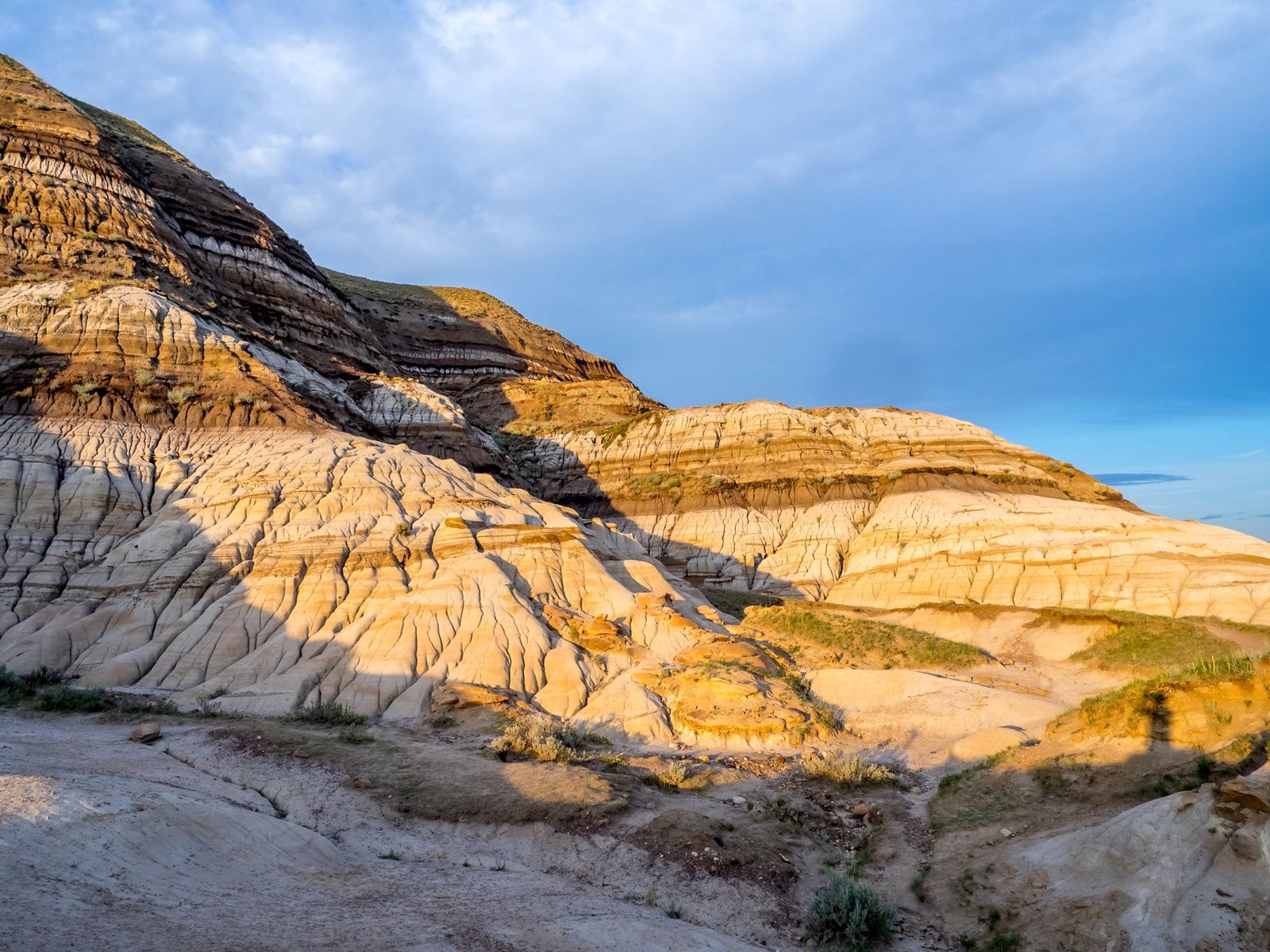
The scene where Davey is shot stands out as one of the most harrowing moments of the film, leaving an indelible mark on the viewer’s psyche. It encapsulates the harsh realities of the violent cowboy lifestyle, shedding light on the brutal consequences of one’s choices in a world where actions often lead to unforeseen repercussions. Set against the breathtaking yet rugged backdrop of Alberta, the impact of this scene is amplified by the emotional weight it carries, as it confronts the audience with the stark truths of survival in such a lawless environment.
The location itself serves as a poignant reminder of life’s unpredictability and the random nature of violence that can strike at any moment. The visual starkness of the setting, with its sprawling landscapes and rugged terrain, enhances the gravity of the scene, creating an atmosphere thick with tension and foreboding. Coupled with the intensity of the moment, where every second feels like an eternity, the emotional resonance of this scene lingers long after the film has concluded, compelling viewers to reflect on the fragility of life and the choices that lead to such devastating outcomes. It is a striking commentary on the human condition, leaving audiences grappling with the harsh realities that often accompany the pursuit of freedom and adventure in a tumultuous world.
Final shootout scene in Unforgiven
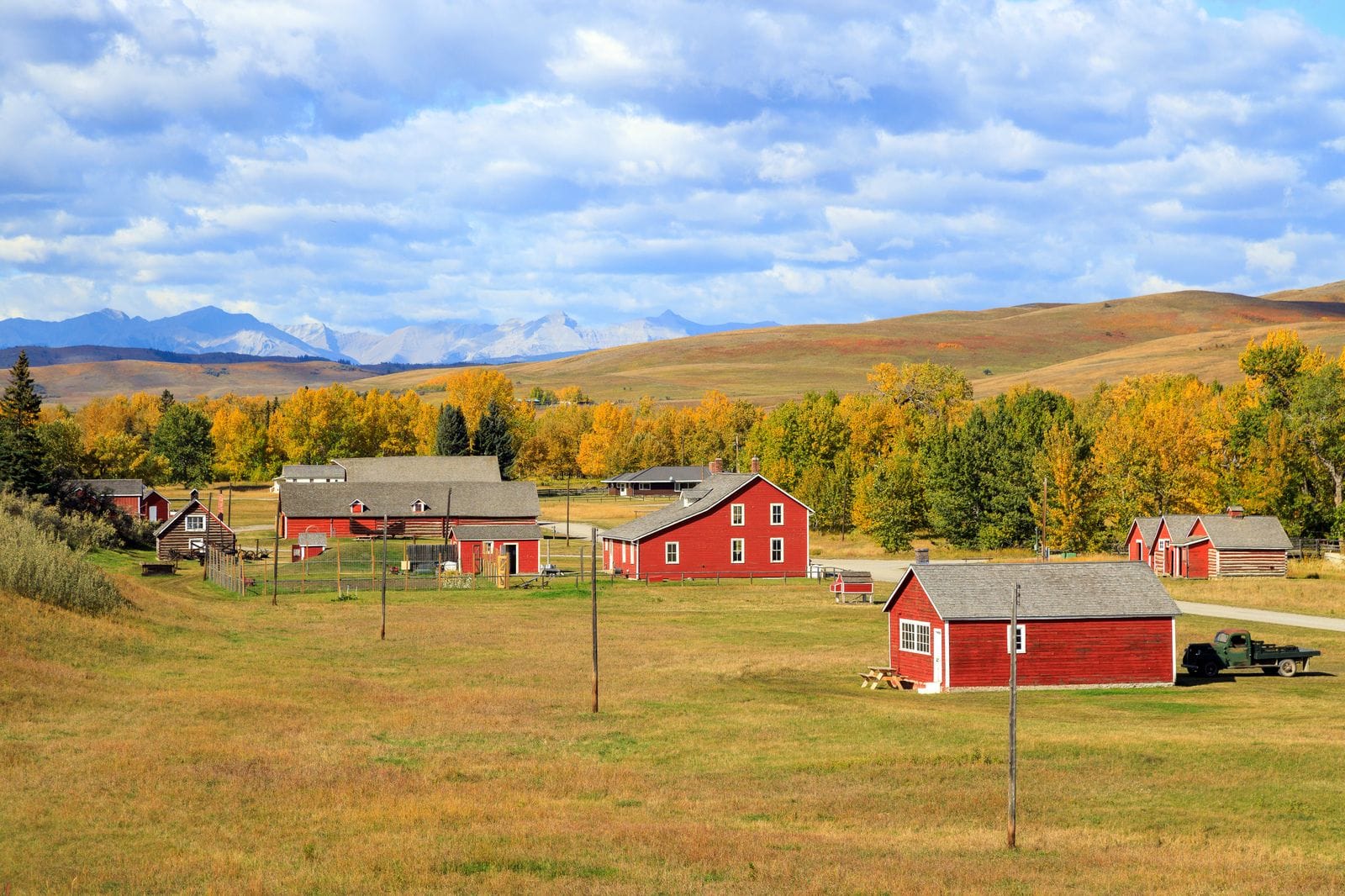
The final shootout in “Unforgiven” is a climactic confrontation steeped in deep emotion and profound moral dilemma. This pivotal scene unfolds in a visually striking location, a desolate yet hauntingly beautiful landscape that encapsulates the very essence of the Western genre. The rugged terrain, characterized by expansive plains and distant mountains, serves as a stark backdrop that amplifies the tension and drama of the encounter, immersing the audience in the chaos and gravity of the moment.
As the characters face off, the cinematography in these scenes effectively captures the sweeping landscapes that frame the action, emphasizing the isolation and harshness of their surroundings. The camera pans across the vastness of the environment, showcasing the unforgiving nature of the West, making the confrontation not only a showdown between characters but also a battle against the relentless elements that threaten them.
The combination of powerful performances, where each actor conveys a mix of fear, determination, and regret, and the dramatic settings coalesce into a memorable cinematic experience that resonates long after the credits roll. The emotional weight of the scene, coupled with the natural beauty of the backdrop, elevates it beyond a simple clash, transforming it into a poignant reflection on the consequences of violence and the moral complexities faced by each character.
Conclusion
“Unforgiven” is a film that transcends the typical Western narrative, characterised by both its powerful storytelling and breathtaking locations. Through the diverse settings in Alberta, Canada, the film captures the essence of frontier life, enhancing its themes of morality and redemption.
As viewers, we are invited to experience the stark beauty and harsh realities of the characters’ world, leaving us with an enduring appreciation for the intricate relationship between location and narrative. Whether it’s the expansive nature scapes, rustic cabins, or the raw authenticity of ranches, each location contributes to the film’s impact.
With its compelling visuals and powerful themes, “Unforgiven” not only brings to life the essence of the American West but also prompts us to reflect on the choices we make in our own lives. What can we learn from William Munny’s journey? How do the landscapes and locations serve as a reflection of our own internal struggles? These are just some of the questions that make “Unforgiven” a timeless masterpiece. So, it can be said that the film’s masterful use of location elevates it to a level beyond the traditional Western genre, making it a must-watch for film enthusiasts.

